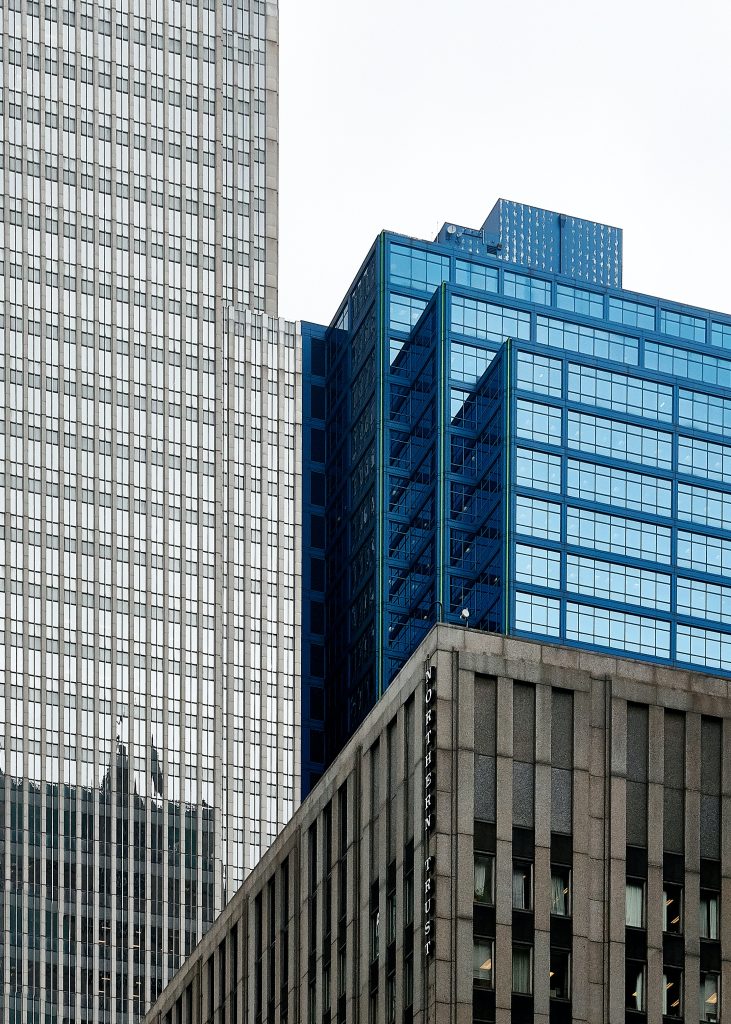
Inflation, interest rates, concerns about recession, pandemic-inspired work-style changes, taxes. There are enough wild cards in the deck to give any economic forecaster vertigo.
Not all real estate markets or all sectors are created equal, so to paraphrase an old TV auto ad, your mileage may vary. Nonetheless, we think it’s possible to make at least some reasonable and general forecasts about the near-term prospects for commercial real estate. Here is some of what we’re hearing, and thinking.
Multifamily
The multifamily sector seems likely to continue showing positive revenue growth. Freddie Mac predicts 3.5% increase in gross income nationally from apartment rentals in 2023, and a 5.1% vacancy rate. The multifamily market was outrageously strong in 2021, has cooled off somewhat since then, but still looks like a propitious place for investor dollars. With mortgage rates at their highest level in years, and the inventory of single-family homes for sale in short supply in many areas, there should be a lot of folks who must opt for apartments — hence, continued strong demand. Globest suggests that “multifamily remains a front-running investment choice.”
Office
The office market seems a bit harder to get a handle on. Many office workers have become very comfortable with working from home and are reluctant to go back into the office. They’ve been saving on commuting costs, especially in a time of high gas prices, on child care, and sometimes even on the cost of business attire. Some employers are demanding that workers return full time, but many are agreeing to a hybrid model, a few days a week in the office and a few at home. For many businesses, this means they need less office space. An in-depth interview on Co-Star with three industry analysts concurs that hybrid work is here for the long term and that demand for space is likely to decrease.
These analysts also noted that the suburban office market has been more resilient than the central business districts, and that suburban vacancies have actually been lower than those in CBDs. Finally, they note that while office leasing appears to be stabilizing, rising interest rates have been putting a damper on sales.
Industrial
If there is one clear winner right now, it would appear to be the industrial sector. In an article on trends in industrial real estate, commercialsearch.com says, “Onshoring efforts, coupled with a continuation of last year’s e-commerce boom, have only added to the already sky-high demand for industrial real estate.” It further quotes an analyst who believes this sector will be “among top performers across the commercial real estate sector in 2023.”
Similarly, NAIOP’s Industrial Space Demand Forecast says, ”Despite rising interest rates and growth in the supply of new space entering the market, the outlook for industrial real estate remains bright as supply chain conditions steadily improve. Low vacancy rates will continue to support growth in rents and property values.”
Retail
Retail, like politics, tends to be hyper-local. A recent article in the Wall Street Journal, The Decline of the Five-Day Commute Is a Boon to Suburban Retail, puts this in the context of the post-pandemic environment. The trend of businesses moving their office out of the central business district has led to fewer people shopping in downtown locations; but on the flip side, the suburbs have generally been the beneficiaries. “In the second half of last year, urban retail availability surpassed suburban availability for the first time since at least 2013, according to real-estate firm CBRE. Asking rent growth in the suburbs also outpaced urban areas last year.”

Overall — Sustainability
One phenomenon that looks like it will cut across all sectors is the growing interest in sustainability. It seems very likely that this will drive demand for green buildings. As we all become more aware of the impact that buildings can have on the environment, there is a growing demand for green buildings that are designed to be energy-efficient and environmentally friendly. This is creating opportunities for developers who can build green buildings. There are also financial incentives to commercial property owners, including reduced operating costs, increased asset value, and higher rents. We’ll be having a follow-up post with more on this soon, so stay tuned.
The information presented in this article represents the opinions of the author and does not necessarily reflect the opinions of RealData® Inc. The material contained in articles that appear on realdata.com is not intended to provide legal, tax or other professional advice or to substitute for proper professional advice and/or due diligence. We urge you to consult an attorney, CPA or other appropriate professional before taking any action in regard to matters discussed in any article or posting. The posting of any article and of any link back to the author and/or the author’s company does not constitute an endorsement or recommendation of the author’s products or services.
Mastering Real Estate Investing
Learn how real estate developers and rehabbers evaluate potential projects. Real estate expert Frank Gallinelli — Ivy-League professor, best-selling author, and founder of RealData Software — teaches in-depth video courses, where you’ll develop the skills and confidence to evaluate investment property opportunities for maximum profit.